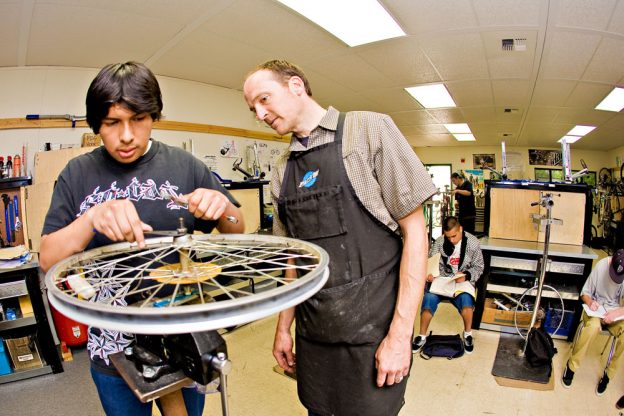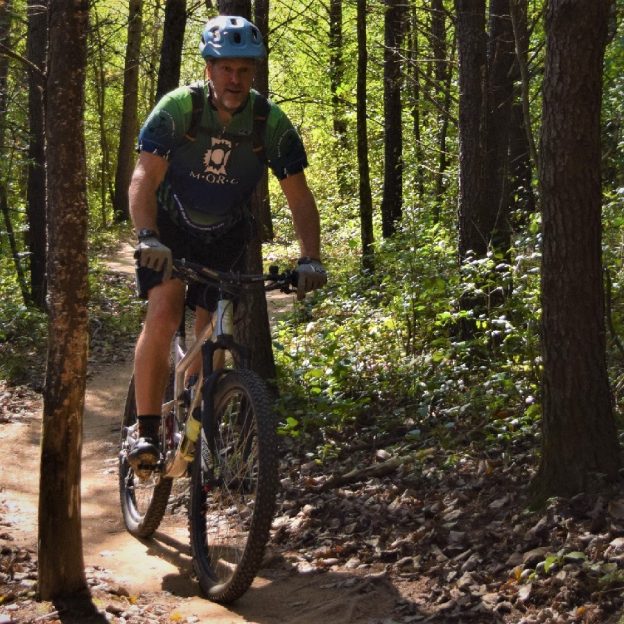Tag: TRS
-

“The Flat Stopper” could be your future tire sealant!
I first saw the Flat Stopper tire sealant at Interbike. The flat Stopper booth had a wheel affixed to a stand that had a jagged spike that would puncture the tire if you pressed a lever. Based on this display, I needed to try this sealant myself. See what I discovered!
-

Tubeless tires on bicycles: The basics of this exciting new technology
Tubeless Tires have evolved to be lighter, more serviceable,and lighter. Read on about the advantages and how the current family of tubeless systems can benefit you.
